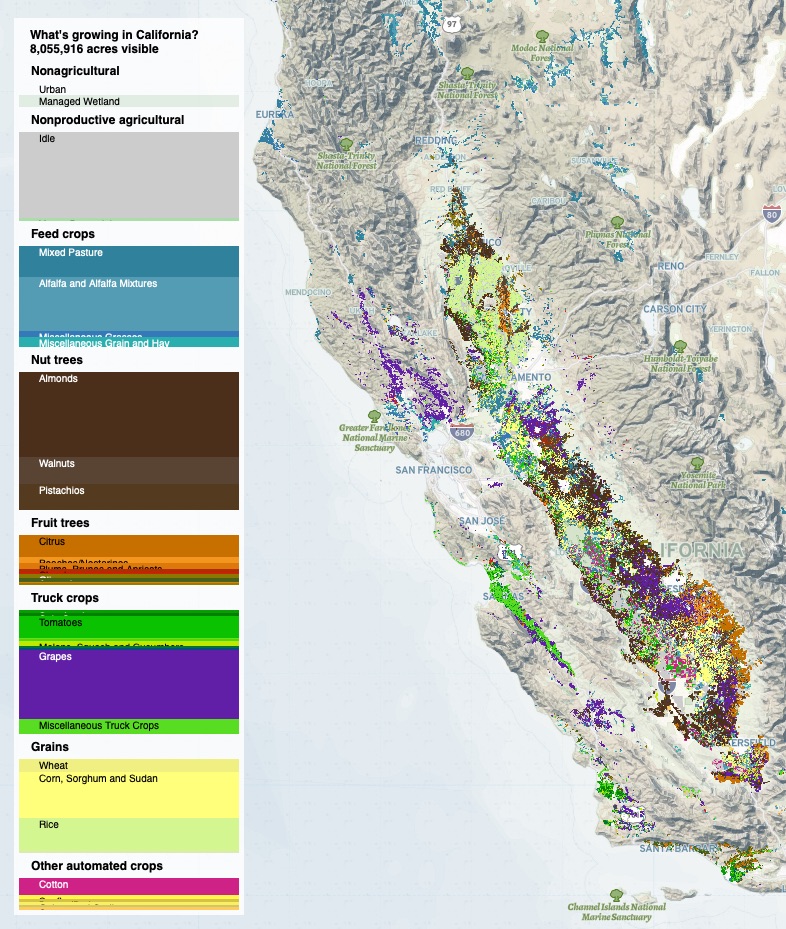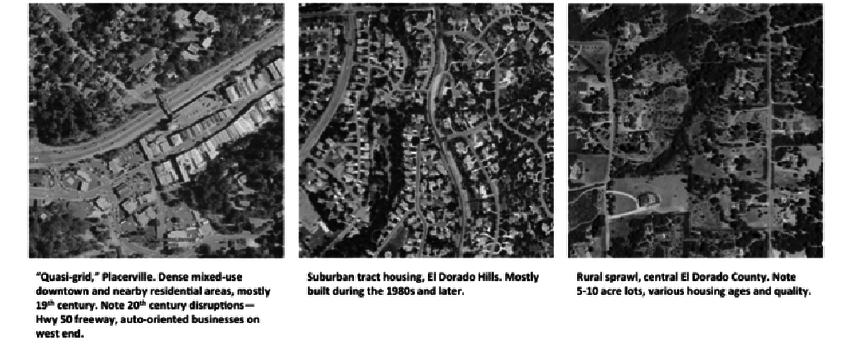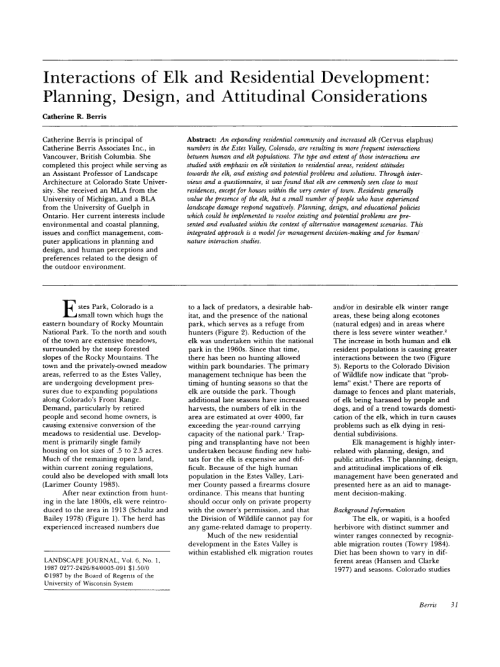Stole @2rocky 's map to compare to the supposed historical range of elk. To that point, looking at the maps, theres lots of room on the West slope of the Sierra Nevada's for TULE ELK!! Pretty much the whole western front. And if @eshunt has seen the owens valley herd at 11,000' then I would make a very realistic assumption that the elk did not just inhabit the foothills of the sierra historically. More than likely there were tule elk all over the central sierras from the foothills to the peaks.
They assumed there was interbreeding too along the lines of their ranges too. Might seem like a bad thing now but to me its a way of keeping genetics moving, growing stronger. New sub species didnt arrive by inbreeding...
Current hunting range:
(Some herds not included)
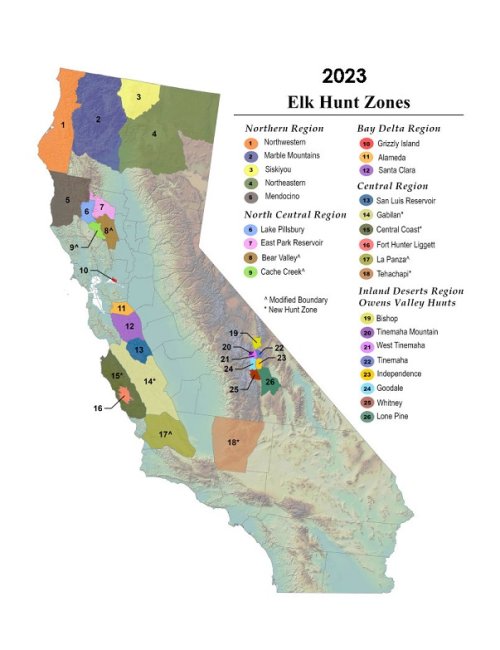
Historic range:
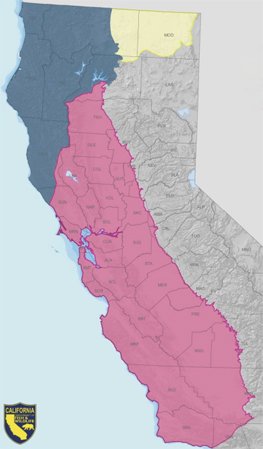
They assumed there was interbreeding too along the lines of their ranges too. Might seem like a bad thing now but to me its a way of keeping genetics moving, growing stronger. New sub species didnt arrive by inbreeding...
Current hunting range:
(Some herds not included)

Historic range:

Last edited:



